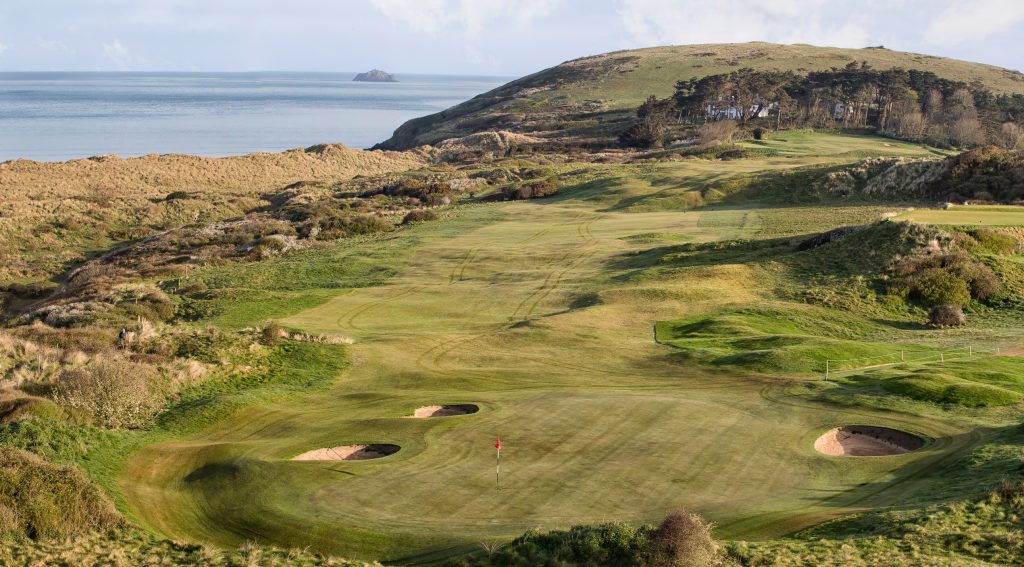St Enodoc embarks on 5-year biodiversity drive
Related Articles
St Enodoc Golf Club in Cornwall has embarked on a five year ecological management plan to return both its championship Church Course and Holywell Course back to a biodiverse landscape.
The club will be getting rid of the scrub plant species that has inveigled their way onto both courses. The removal of these species will allow fescue and other natural grasses to make a return to the land that will then attract the proliferation of fauna.
A programme of dune restoration has also been undertaken to reinstate the more natural links landscape that James Braid would have come across when he designed St Enodoc back in 1890.
“By undertaking this ecological plan, the club is committed to ripping out the scrub plant species such as ivy, buckthorn and gorse, and even trees, that have encroached on the land in order to allow it to return to its original state,” comments Simon Greatorex, general manager of St Enodoc.
As part of the course makeover, St Enodoc has taken advice from agronomist and golf course advisor, Chris Haspell, who has been profiled on the cover of GreenKeeping for his work at Castle Stuart Golf Links in the Highlands of Scotland.

St Enodoc Golf Club. Image by Stuart Morley
“The goal is to firm surfaces whilst reducing inputs of water, chemicals and fertilisers,” explains Haspell.
“Maintaining good quality surfaces throughout the course is crucial to the success of any golf course and, coupled with the ecology plan, we can keep the course fun and engaging whilst improving the environmental responsibilities.”
“The purpose of the ecological management plans is to preserve the biosphere found through the two courses, maximising the ecosystem services they provide and ensuring vegetation encroachment does not degrade the play of golf through them. This will preserve the links golf course “feel” that has helped elevate links courses to the worldwide renown they enjoy today,” explains Rowan Rumball of STRI.
In time, the various changes to the courses’ flora will see a return of the fauna such as reptiles, spiders and moths associated with links ground to the restored habitat.
“Golf courses have the potential to be fantastic for nature and golf simultaneously; the golf is improved by playing through a natural area while the management of golf courses in natural areas helps promote wildlife and habitats. It is a balanced beneficial relationship that unfortunately is not always seen within our country’s protected areas, where funds restrict the capabilities of management,” concludes Rumball.

























